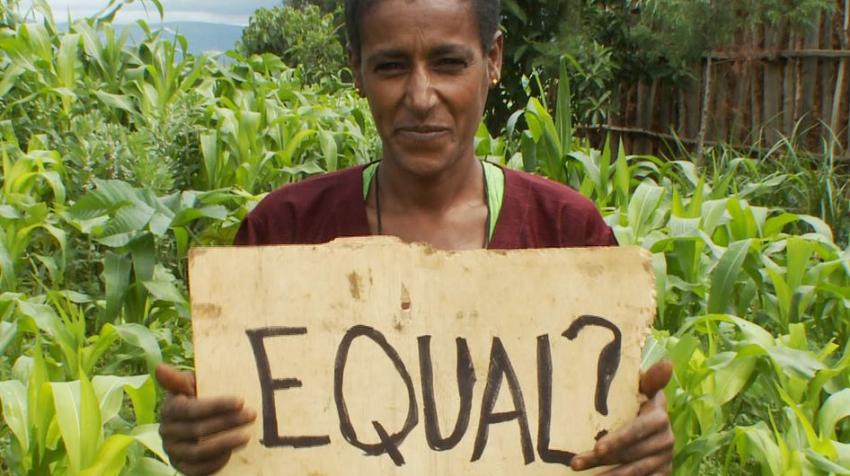The annual UN Commission on the Status of Women (CSW) meets in March each year to address the widespread inequalities, violence, and discrimination women continue to face. UN News tells you what you need to know:
Pushing for action for eight decades
The work of the Commission began in 1946, days after the General Assembly’s inaugural meetings heard former US First Lady Eleanor Roosevelt and part of the country’s delegation, read an open letter addressed to “the women of the world”.
Ms. Roosevelt had called “on the Governments of the world to encourage women everywhere to take a more active part in national and international affairs, and on women who are conscious of their opportunities to come forward and share in the work of peace and reconstruction as they did in war and resistance”.
The UN’s Economic and Social Affairs Commission promptly established a sub-commission. Its six members – China, Denmark, Dominican Republic, France, India, Lebanon, and Poland – were tasked with assessing “problems relating to the status of women” to advise the UN Commission on Human Rights, a precursor to the UN Human Rights Council.
In its first report, “members considered that the work of the sub-commission should last until women had reached the point where they were on equal footing with men in all fields of human enterprise”.
By June 1946, it formally became the Commission on the Status of Women, as one of ECOSOC’s subsidiary bodies. From 1947 to 1962, the Commission focused on setting standards and formulating international conventions to change discriminatory legislation and foster global awareness of women’s issues.
Landmark international agreements struck
Dating back to the Commission’s early days, its growing membership contributed to some of the most widely agreed upon international conventions in UN history. Here are just a few.
Helping Ms. Roosevelt, chair of the drafting committee for the Universal Declaration of Human Rights, the Commission had successfully argued against references to “men” as a synonym for humanity. It also introduced new, more inclusive language in the final version that the General Assembly adopted in 1948.
In 1963, efforts to consolidate standards on women’s rights led the General Assembly to request the Commission to draft a Declaration on the Elimination of Discrimination against Women, which the world body adopted in 1967.
CSW was pivotal in the adoption of the 1995 Beijing Declaration and Platform for Action, the key global policy document on gender equality.
Read the rest of this article on UN News.



